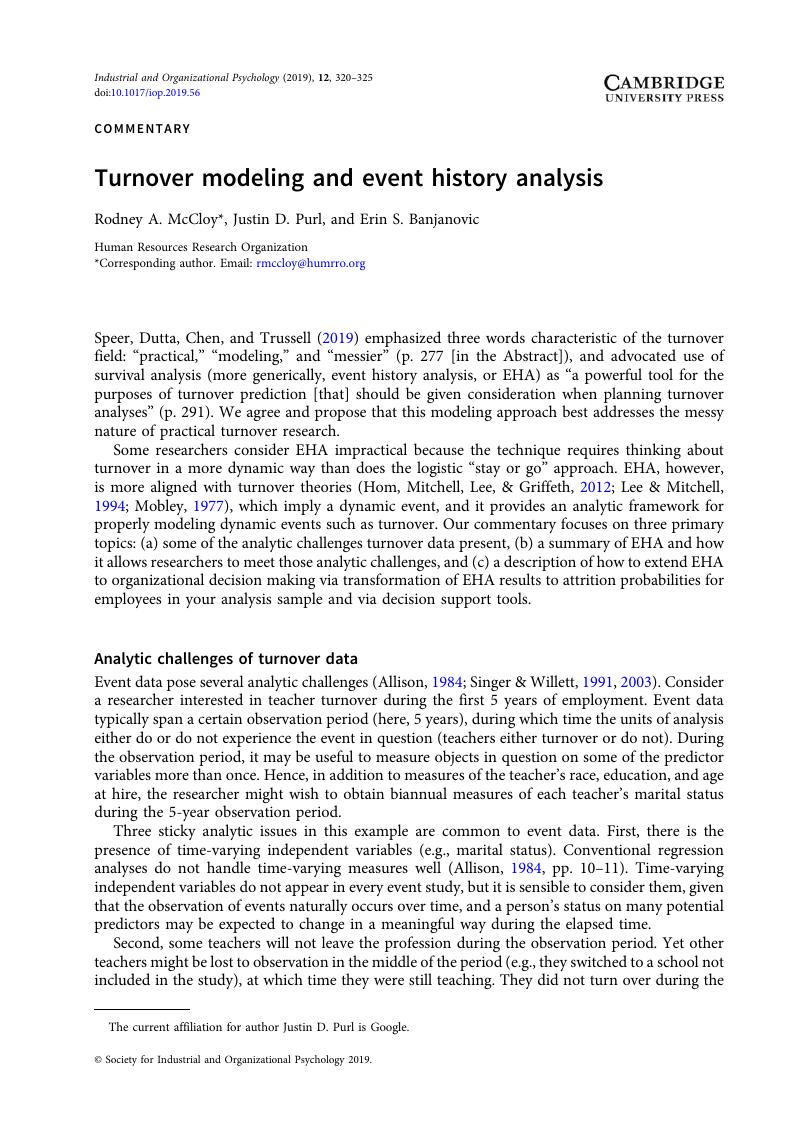Crossref Citations
This article has been cited by the following publications. This list is generated based on data provided by Crossref.
Chang, Kirk
2020.
Artificial intelligence in personnel management: the development of APM model.
The Bottom Line,
Vol. 33,
Issue. 4,
p.
377.
Gorina, Eugenia
and
Sidorova, Jen
2024.
Effects of a defined‐contribution retirement plan on teacher attrition.
Public Budgeting & Finance,



